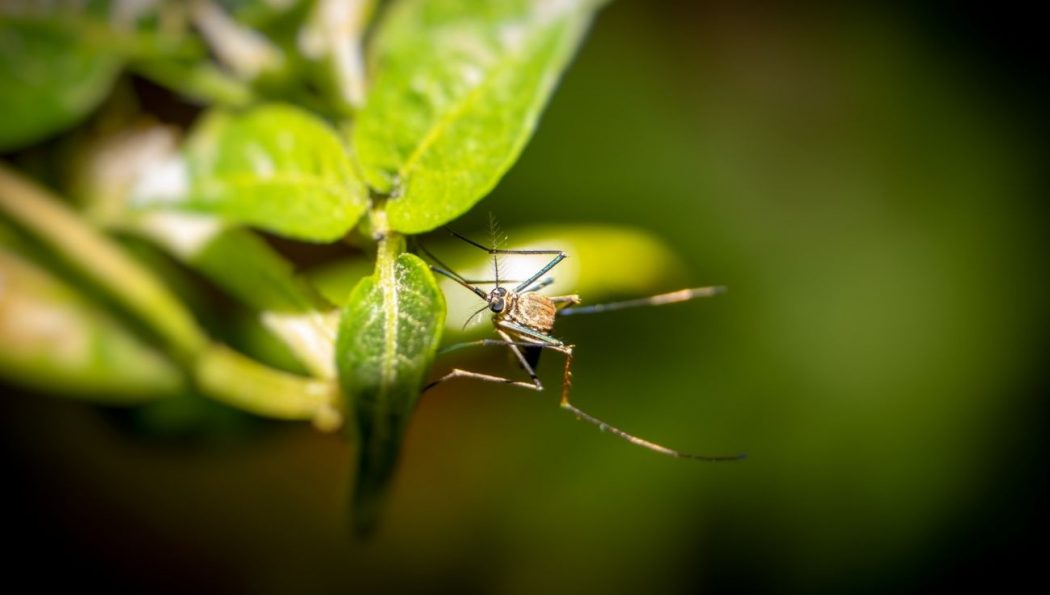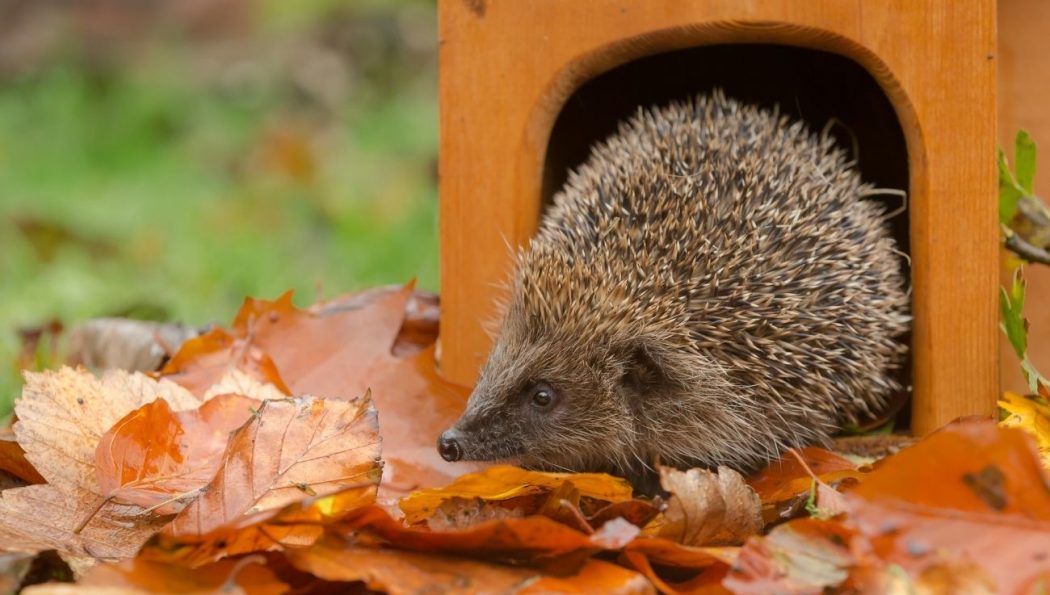From Farm to Table: How Does Coffee Reach Our Mugs?
Coffee is undoubtedly one of the most popular drinks in modern history. Currently, more than 166 million 60-kilogram bags of coffee beans are consumed annually across the world. With such a large consumption, it is normal to wonder how coffee travels from the farms and reaches the tables to consumers. The best coffee makers in Canada are only the start of this story, where do the beans actually come from?
Planting
Before coffee becomes the drink that is known and loved by many, it undergoes several processes. The first process involves planting the caffea. Caffea is a flowering plant that bears “coffee cherries” that contain coffee beans required to make coffee. The caffea shrub is cultivated on several continents, usually in tropical areas.
Unlike most fruits, coffee cherries do not ripen after harvest. Thus, during harvest season, only the most experienced pickers are called to do the job to make sure that the best cherries are plucked.
Harvesting
The coffee beans are then harvested either by selective picking or strip picking. Selective harvesting is done by experienced pickers to harvest high-quality Arabica coffee. This method is labor-intensive and time-consuming. On the other hand, strip picking harvesting coffee by hand or mechanical harvester.
Processing
Once the cherries have been sorted and organized, they are immediately processed to prevent spoilage. There are different methods of processing the coffee cherries to get the coffee beans and this depends on the region and resources available.
There are different types of processing methods including:
- Washed (wet)
- Sun-drying
- Mechanical drying
- Natural drying
- Semi-washed
- Resting
After the processing, the coffee beans must be in the resting period, where they remain in parchment for 15 to 90 days. Several factors must be taken into consideration when resting the coffee beans. If the resting is not done properly, the coffee beans will age faster and have unwanted flavors once it is milled.
Milling
Once the coffee beans are well-rested, milling follows. Milling involves hulling which is the removal of all remaining materials in the bean, followed by polishing, then cleaning and sorting, and lastly grading. At this point, the coffee beans will be prepared for shipping.
Roasting
The next process is roasting the beans. Roasting is usually done in the importing country to maintain the freshness of the coffee beans. During roasting, the coffee beans are heated until they attain the well-known brown color.
Once again, there are many factors to be considered when roasting coffee beans because these variables will affect the flavor of the coffee. Once the roasting is done, the coffee beans are cooled and rested for a few hours to one whole day.
Packaging
After the long process, the coffee beans can now be packaged and sold to the public. Most consumers are concerned with the roast date and level of roasting because these are indicators of whether the coffee beans are still viable or stale.
If they are still fresh, which is usually within four to seven days from roasting, the coffee beans are ground to the desired consistency. You may grind them to be coarse or fine.
Brewing
Once the desired consistency has been obtained, the final step is brewing. This is the culmination of all the processes because coffee the drink is finally made. Several techniques can be used to brew coffee depending on the preferred coffee profile of the coffee drinker.
Conclusion
Getting coffee from coffee plants is a long journey from the farm to the table. We hope that you now have insight into what is involved in making this delicious drink.



